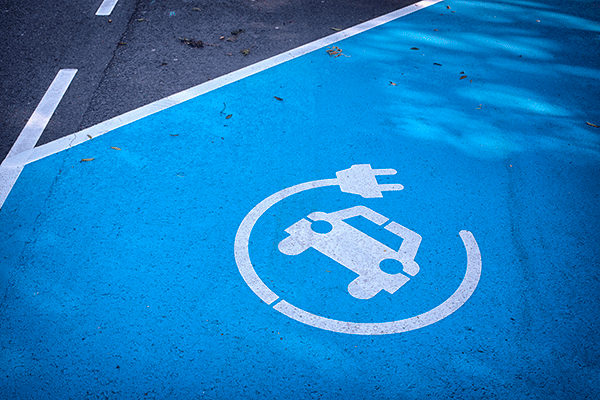 Around the world, the transportation sector is evolving. Globally, electric vehicle (EV) sales have more than doubled, showing a 72 percent increase in 2015, followed by 41 percent global increase in EV sales in 2016. Now, France is committing to a greener transportation sector by vowing to end the sale of gasoline and diesel vehicles by 2040, further pledging to become a carbon neutral country by 2050.
Around the world, the transportation sector is evolving. Globally, electric vehicle (EV) sales have more than doubled, showing a 72 percent increase in 2015, followed by 41 percent global increase in EV sales in 2016. Now, France is committing to a greener transportation sector by vowing to end the sale of gasoline and diesel vehicles by 2040, further pledging to become a carbon neutral country by 2050.
Currently, 95.2 percent of new car fleets in France are represented by gasoline and diesel vehicles. According to France’s Ecology Minister Nicolas Hulot, initiatives by automakers such as Volvo to go all electric in the coming years will help France start to phase out gasoline and diesel vehicles.
In order to become carbon neutral by 2050, France will also need to devote energy to ending the use of fossil fuels across the board, which includes ending hydrocarbon licenses in the country and stopping coal production by 2022.
While France’s goals are admirable, organizations such as Greenpeace believe that the measure falls short in terms of concrete measures.
“We are left wanting, on how these objectives will be achieved,” Greenpeace campaigner Cyrille Cormier said in a statement. “The goal to end the sale of gasoline and diesel vehicles by 2040 sends out a strong signal, but we would really like to know what are the first steps achieve this, and how to make this ambition something other than a disappointment.”
 StorageX International Symposium
StorageX International Symposium

 On June 17, 2020,
On June 17, 2020,  As sustainable technologies continue to expand into the marketplace, the demand for better batteries rises. Many researchers in the field are looking toward all-solid-state batteries as a promising venture, citing safety and energy density properties. Now, one company is looking to take that work from the lab to the marketplace.
As sustainable technologies continue to expand into the marketplace, the demand for better batteries rises. Many researchers in the field are looking toward all-solid-state batteries as a promising venture, citing safety and energy density properties. Now, one company is looking to take that work from the lab to the marketplace.
 Around the world, the transportation sector is evolving. Globally, electric vehicle (EV) sales have
Around the world, the transportation sector is evolving. Globally, electric vehicle (EV) sales have  One of the keys to developing a successful electric vehicle relies on energy storage technology. For an EV to be successful in the marketplace, it must be able to travel longer distances (i.e. over 300 miles on a single charge).
One of the keys to developing a successful electric vehicle relies on energy storage technology. For an EV to be successful in the marketplace, it must be able to travel longer distances (i.e. over 300 miles on a single charge).